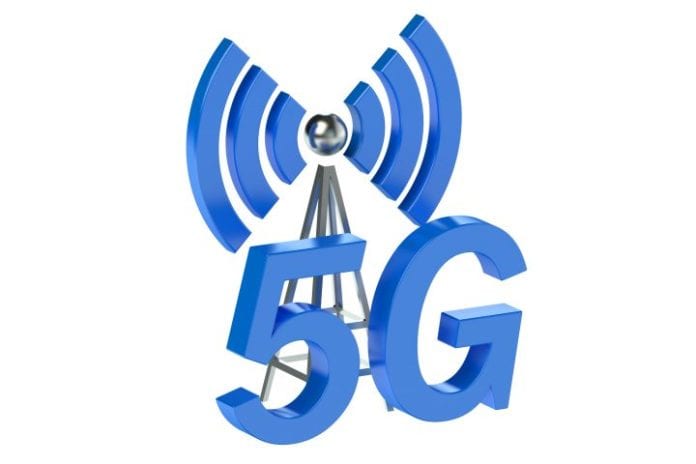With more spectrum and more potential for interference, learn how Anritsu is addressing challenges associated with 5G
5G promises to not only transform the way the telecommunications industry delivers services, the next-generation technology is poised to change every vertical market it touches by enabling new levels of real-time actionable insight combined with on demand bandwidth to support three primary use cases: enhanced mobile broadband, support for massive machine-type connectivity and mission critical services dependent on ultra low latency and incredibly high capacity.
For the consumer, that means the ability to download high-definition movies with multi-gigabit data rate; for enterprises, that means augmented reality applications to streamline complex tasks; for industries like transportation that means autonomous vehicles bringing new levels of process efficiency. But what does 5G mean for the test and measurement industry, which provides tools to the entire telecom value chain that allow for the optimization of the connectivity that makes the whole network work?
To answer that question, start by looking at the expected architecture and operation of 5G networks. Multiple access technologies will be unified into one air interface, but, beyond the air interface, 5G will rely heavily on a new generation of devices, the continued convergence of fixed and wireless networks, a metro/core network built on NFV and SDN principles, end-to-end service orchestration across customized network slices, and data center functions like cloud services and data analytics and storage. The use of existing frequencies will be optimized, and new frequency bands will increase network performance and make the best use of network resources to support an expected 50 billion connected devices by 2020 producing 2.5 exabytes of data each month.
In the run-up to 5G, operators are investing billions in network densification efforts with an increasing reliance on small cells, placed on rooftops or attached to street lights, to deliver better coverage and capacity in both indoor and outdoor environments. In a conversation with Senza Fili Consulting President Monica Paolini, Anritsu Senior Product Manager Tom Elliott said, “Of course, the small cell reception area is smaller… But when you put in small cells, there’re going to be interference sources that will bother a small cell that a macro cell would never see. Interference becomes a bigger problem. Efficiency in finding interference becomes very important.”
Walt Strickler, a senior business development manager for Anritsu, added that network density driven by more fiber and more small cells, among other factors, “is a driving need in 5G, but fiber is expensive. If you put small cells all over a city, potentially with a 28 GHz backhaul connection, physical objects will cause interference and attenuation issues that you would not have in fiber.”
To bring efficiency to the signal hunting process, Anritsu has created a new show, “Signal Hunters,” that showcases advancements in the identification and location of RF interference including the use of an ultraportable spectrum analyzer and drone to quickly locate a hidden signal source. Spectrum analysis will be a key aspect of 5G. Strickler pointed out the increasing interest and importance of microwave and millimeter wave frequencies, such as 5G communications, E-band backhaul, WiGig, automotive radar, Ka-band and V-band satellite communications. Click here to learn more about Anritsu’s Spectrum Master™ family of spectrum analyzers.
“Without the proper measuring tools,” Strickler said, “there’s no way to identify issues like antenna alignment and interference. Looking forward to 5G and backhaul, part is interference and part is attenuation to path loss–things moving in your beam, reflections, refractions, dispersion–you’ll need a tool to see all of this and a power meter will not work.”

